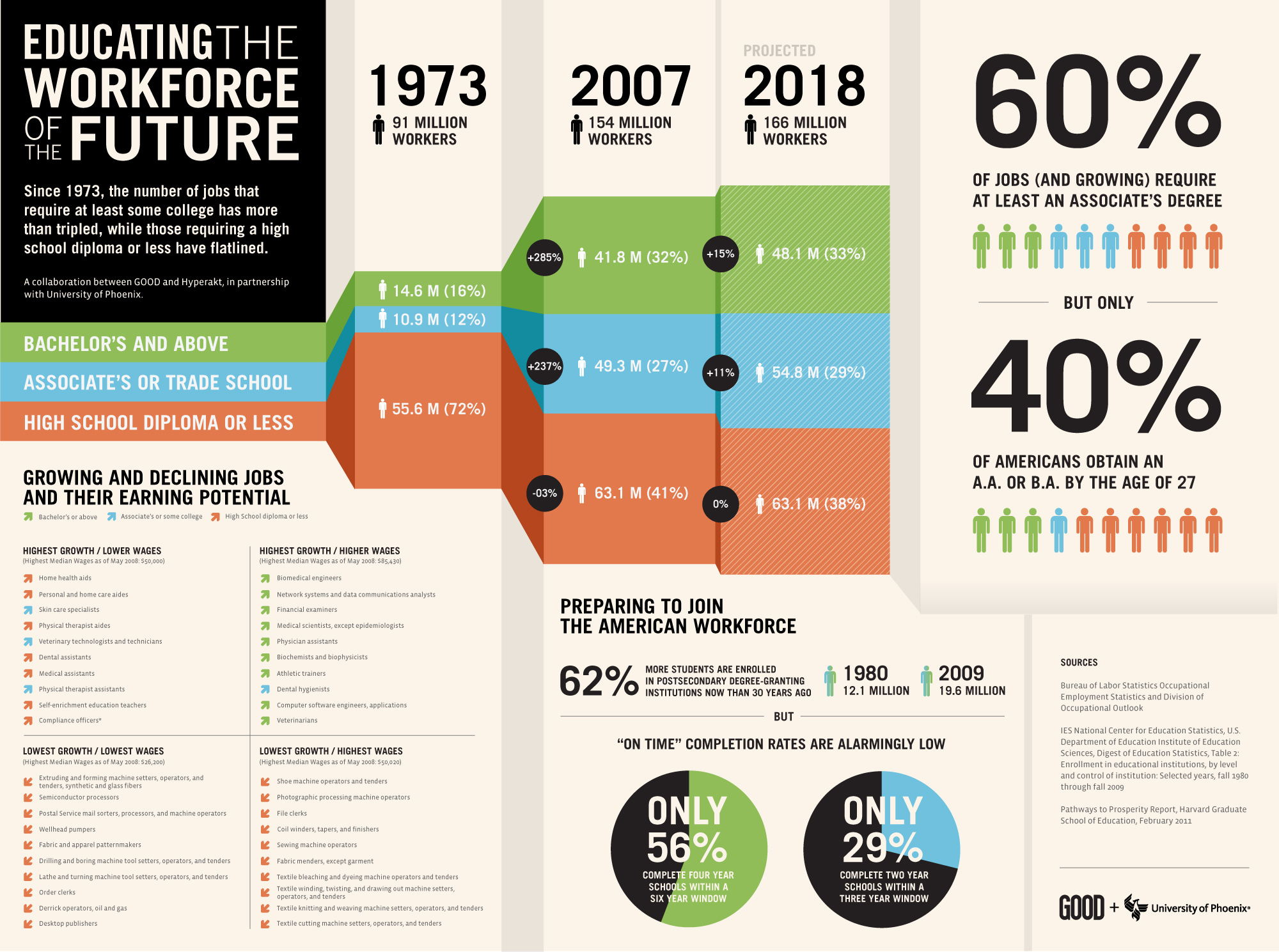Could you pass this question from the Chinese version of the SAT?
Pretty interesting story from over the weekend at Business Insider on the lenghts that some test-takers will go to try and get an edge, i.e., cheat, on the test in China that is largely equivalent, (except it seems even more important), to the United States SATs.
The piece, titled Chinese Teens Have Found Remarkable High-Tech Ways To Cheat On Tests, focuses on some of the 'creative' ways that test takers are attempting to use in order to better their chances of passing this hugely important test. While creative and high-tech cheating is always kind of interesting, I thought the most interesting bit of detail in the story was this translation of one of the tests' essay questions. Take a look at this question, then ponder just how you might take a shot at answering.
"You can choose your own road and method to make it across the desert, which means you are free; you have no choice but finding a way to make it across the desert, which makes you not free.Choose your own angle and title to write an article that is not less than 800 words."
A totally fair question, right? And much better than the ones that seemed to dominate the SATs for years. Things like "Crumb is to bread as BLANK is to pencil", or some such nonsense.
But having to drop, in a high-pressure set of conditions, 800+ words on freewill, choice, deserts, roads, and sorting out just exactly what is it that the testers are looking for in your answer seems ridiculously tough to me. Plus, remember these are 18, 19 year old kids trying to figure this out.
Where would you do with that question?
You are free but also not free.
Probably, just a little maybe, the way you feel on a summer Monday morning, settling in to a job that you could both walk away from and are chained to at the same time.
Happy Monday.

 Steve
Steve




